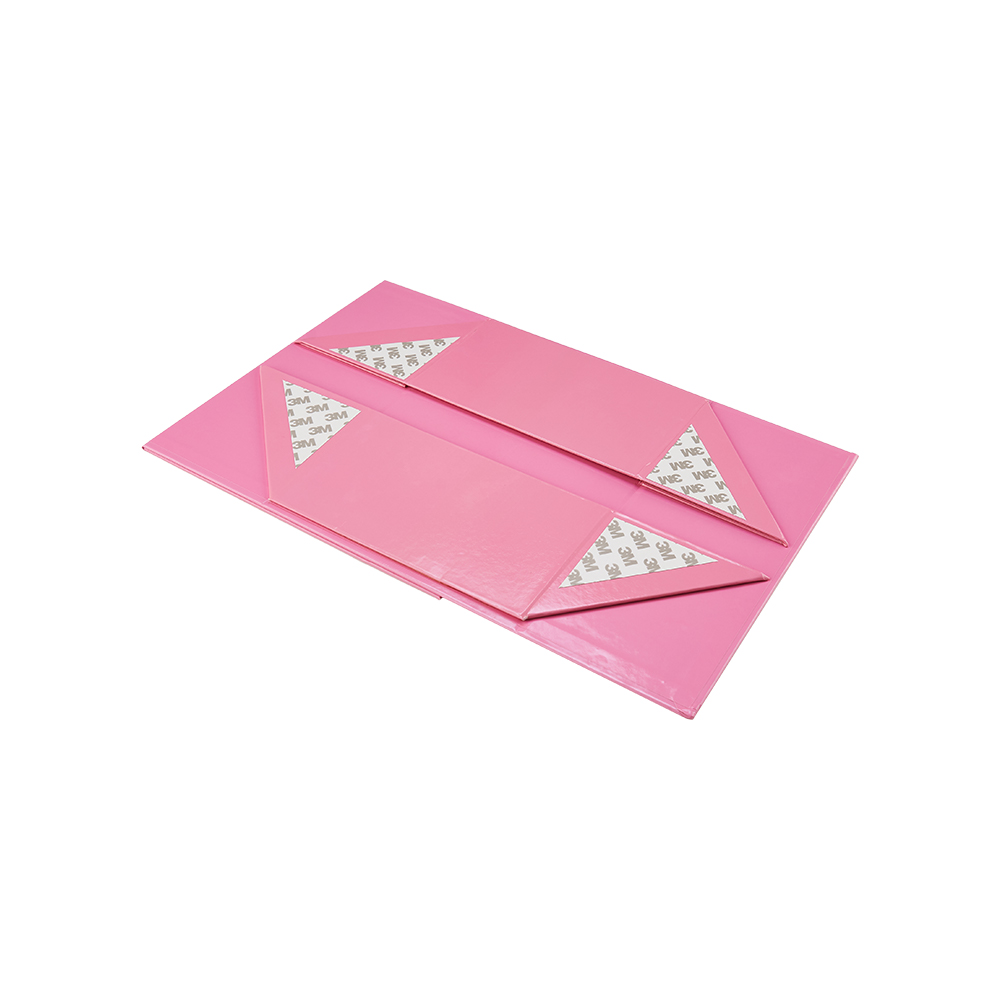By subscribing, you agree to our Terms of Use and Policies You may unsubscribe at any time.
A miniature spacecraft measuring only 14 inches in length has provided fresh insights into the extreme atmospheres of gas giants known as hot Jupiters. Ceramics Cushion

The findings of NASA's Colorado Ultraviolet Transit Experiment (CUTE), led by a team from the University of Colorado Boulder, offer insight into the dynamic mechanisms that regulate the atmospheres of these exoplanets.
Hot Jupiters have extremely hot environments because they orbit tightly to host stars. They are regularly blasted by severe radiation due to their near closeness.
Researchers have long hypothesized that stellar radiation may erode their atmospheres over long periods of time. The CUTE evidence, on the other hand, calls this idea into question.
The researchers collected substantial data on seven exoplanets.
And interestingly, the preliminary data point to a complicated picture in which some planets appear to be losing their atmospheres while others seem to be defying this trend.
"The planets seem to be coming in all of the flavors," said Kevin France, principal investigator for the mission, in an official release.
The findings about the hot Jupiter-like planets are yet to be published in a scientific journal.
This cereal-box-sized spacecraft was launched in September 2021 and is currently orbiting roughly 326 miles (525 kilometers) above Earth's surface.
"Since its launch, CUTE has trained its single ultraviolet telescope at a series of hot Jupiters, some hundreds of light-years from Earth," mentioned the release.
CUTE studies faraway planets using a precise observing approach.
The existence of the intervening planets briefly obstructs or dims the ultraviolet light emitted by the stars during their transits.
The major strategy CUTE uses is monitoring these transits, notably in the UV range.
The spacecraft has a single ultraviolet telescope highly calibrated to detect fluctuations in ultraviolet light emitted by stars as a planet passes in front of them. The dimming of starlight during transits conveys essential information about the planets' atmospheres, allowing scientists to evaluate their composition and behavior.
What makes CUTE particularly remarkable is its precision. As per the release, the spacecraft is so finely tuned that it can discern even subtle changes in brightness, detecting when starlight dims by as little as one percent.
Astronomers, including France, believe that CUTE could aid in creating a comprehensive "field guide" to catalog and expand our understanding of the Milky Way Galaxy's diverse array of worlds.
"We want to understand how our solar system fits into the family of solar systems in the universe. That means understanding the big planets, the small planets, the ones that have life and the ones that definitely don't—and all of the important physical processes that are operating on these planets," said France, who is an associate professor in the Laboratory for Atmospheric and Space Physics (LASP) and Department of Astrophysical and Planetary Sciences.

Honeycomb Paper Soft White Paper The overall CUTE team includes several undergraduate and graduate students.